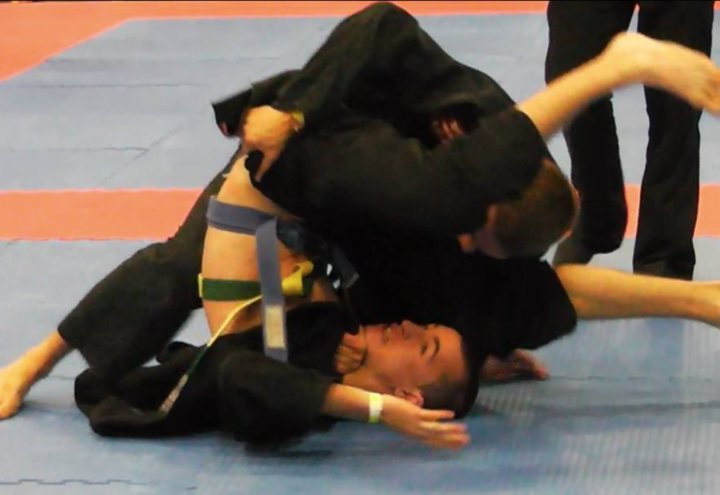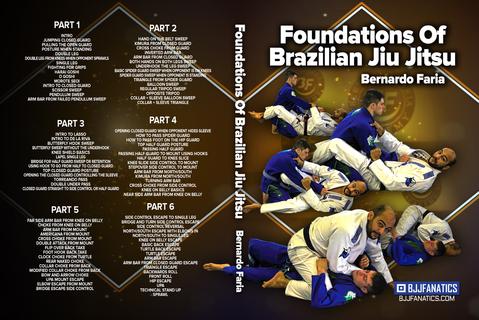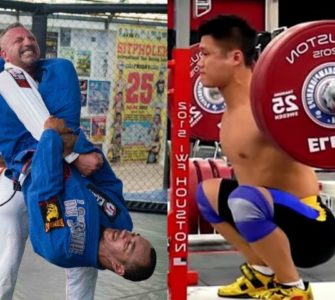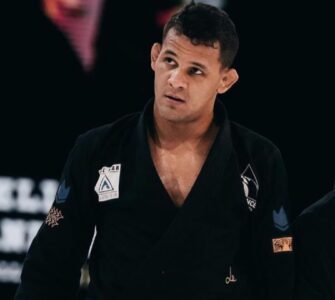Often times when training Brazilian Jiu Jitsu we will here some people refer to their Jiu Jitsu as “Old School.” Some people will say “I have an old school game.” What does this even me? Is there a way to define old school Jiu Jitsu? Well, old school positions can be seen as moves that have been used for a long time, just because we may perceive something as modern bjj, it may not be.
Old school positions include classic bjj positions such as the closed guard, the half guard, double unders passing, smash passing, and other techniques that have been around for a long time. What constitutes as old school moves is actually an extremely subjective question. Some people might consider one thing old school while others don’t. If we had to sum up our opinion of old school it would be a few key things, pressure based, using takedowns, and playing half guard or closed guard.
Again, this is an extremely difficult thing because there are new school variations of old school positions, we know, it is CONFUSING. Nevertheless, old school moves rock and you can use them to beat a lot of those modern bjj guards. Take the berimbolo for example, this technique can be nullified by using old school bjj. Let’s discuss some of the best ways that old school can beat the new school.
Using Pressure
Whenever you are in a high pace match with a good guard player, an excellent way to slow down the pace of the match can be smash passing. What we mean by “high pace” match, is a match where the person playing guard is constantly attacking, and you are constantly defending. There is a common misconception with smash passing, people assume you need to be bigger to smash pass. This is untrue, anybody at any weight can smash pass.
To slow down the pace of a match, you can apply smash passing. Typically, a good way to apply smash passing is to pass from your knees and go into a double under, over under, or half guard passing position. What is the similarity with all these passes? Well, you need an underhook on something for every single one of these passes. We recently wrote a post on the “power of the underhook,” if you want to learn more on the effectiveness of an underhook, check it out.
Underhooks will allow you to control your opponent and apply proper weight distribution so that you can implement smash passes.
Another immense benefit of smashing your opponent is the ability to nullify their flexibility. What does this mean? This means that if you are going against an extremely flexible opponent, the strategic implementation of pressure can nullify their ability to utilize their dexterity.
Assuming you’re going against a guy who is very flexible, their guard retention may be amazing, so you may need to implement a more methodical approach to passing their guard. Smash passing can be a great way to pass slowly and stop them from using their flexibility to retain guard. You can stop inversions, legs that come from nowhere and more. Check out our post on “guard passing concepts” to learn more. If we combine both of these beneifts to smash passing or using pressure, we can see that it will allow us to beat a lot of the new school position that are elusive, acrobatic, and require a certain level of flexibility.
We want to use “old school” pressure not tot attack the technique specifically but to attack the elements necessary to do a technique. If we are at our academy and we are going against a guy who is really good at inverting and getting underneath you, all we need to do is put him in a position that does not allow him to do that. a perfect position is the double unders pass. Even if we are not able to pass, just being in the double unders pass will make his life miserable and make it very hard for him to get his game going.
“Old School” techniques work well for older guys because they do not require so much flexibility or athleticism. You can use these positions till you are 60 years old and they will work. It is just about learning how to apply the pressure and being able to get there. Check out this video below where we show you one of the best old school passes against the lasso with bjj renegade, Kurt Osiander.
Using Old School Guards
Using old school guards like the closed guard and the half guard cxan also be one of the best ways to beat a lot of the new school games. These days we see a lot of people standing to pass the guard. This makes it difficult for the older guys to keep up because when a young and athletic person stands up and starts running around your lgs like a lunatic, it is difficult to maintain guard. How can we stop this? Well, just put them in a half guard or closed guard.
Half guard has long been one of the best guards to play at the highest levels of competition. We have seen guys like Bernardo Faria, Xande Ribeiro, Jake Mackenzie and others use this position successfully at the highest levels. What makes the old school half guard so good? Well, it is simple and will allow you to slow down the pace of a match.
Just being able to lock a half guard is a small victory because you will force your opponent to pass this guard specifically and they will not be able to just Toreando pass like a madman. Once you get the half guard if you just follow some basic principles like getting the under hook and blocking the cross face you will be able to nullify so many passes.
Not only is the half guard a great guard, the closed guard is also one of the best ways to stop crazy fast passers. Just getting the closed guard will allow you to slow down the match. If I am ever extremely exhausted, the closed guard is the go to. I can do almost nothing and maintain the position. now, this may sound lazy but you need to know your limits and if you are in a situation where you are tired or less athletic than someone, the closed guard can be your best friend.
Another simple and effective old school position is the collar and sleeve guard where you place your feet on your opponents hips if they stand and open your guard. Just getting a good collar and sleeve guard and placing your feet on your opponents hips will also nullify so much of the sporadic passing. You have to give your opponents something specific to address. Collar and sleeve is one of the oldest guards that there is and it is considered by many, the fundamental open guard.
So as you can see, the basics can carry you a long way. You want to be able to develop high level fundamentals so that you can apply them always. In many ways, a good way to summarize what “Old School” is would be to call it “Fundamentals.” The fundamentals of bjj are the pressure passes, double unders, the closed guard, the half guard, escapes, and more. We have not even scratched the surface on “Old School” moves but we can see that they work.
If you take moves like the bridge and roll from mount, the elbow knee escape from mount, the hip escape from side, these are old school moves and if you put time into them you can make them extremely effective at high levels. One of the best examples of old school guards and game comes from the 5x Black Belt World champion, Bernardo Faria. Bernardo has long been one of the best competitors there is. Although he is retired, he was able to solidify himself as one of the best competitors ever by using very simple “Old School” techniques.
Bernardo used the over under pass, the half guard, the deep half guard, and good old fashioned wrestling to beat some of the top competitors in the world time and time again. If you want to learn some techniques from him check out his new DVD set “Foundation of Brazilian Jiu Jitsu“ which is also available as a 6 part digital download. This set is one of the best examples of the fundamentals of bjj.



















